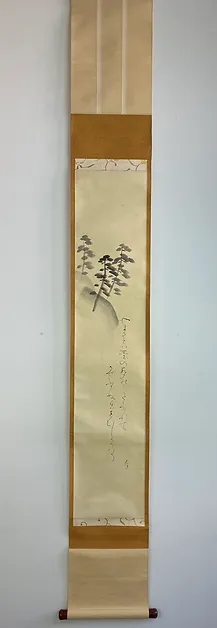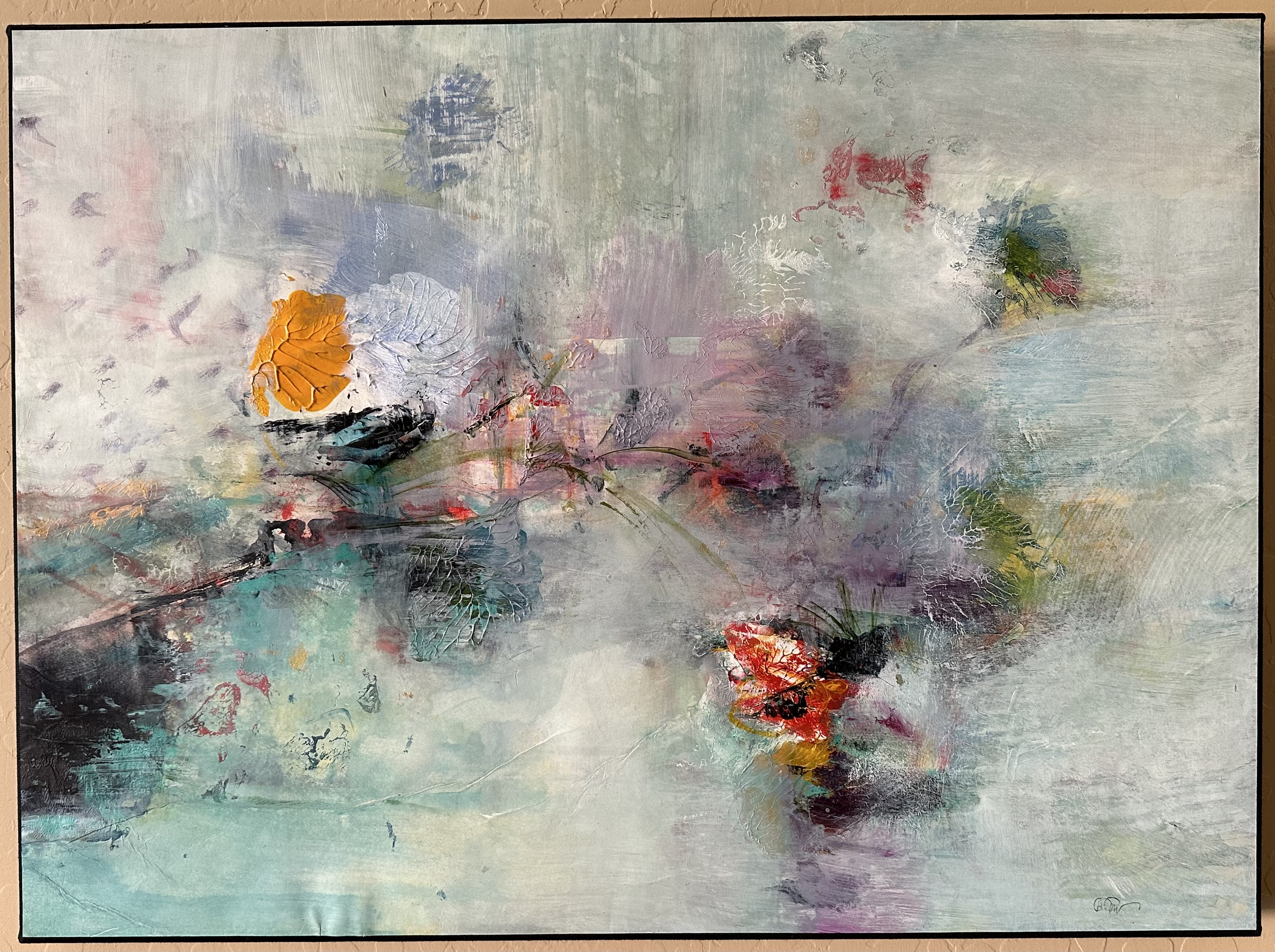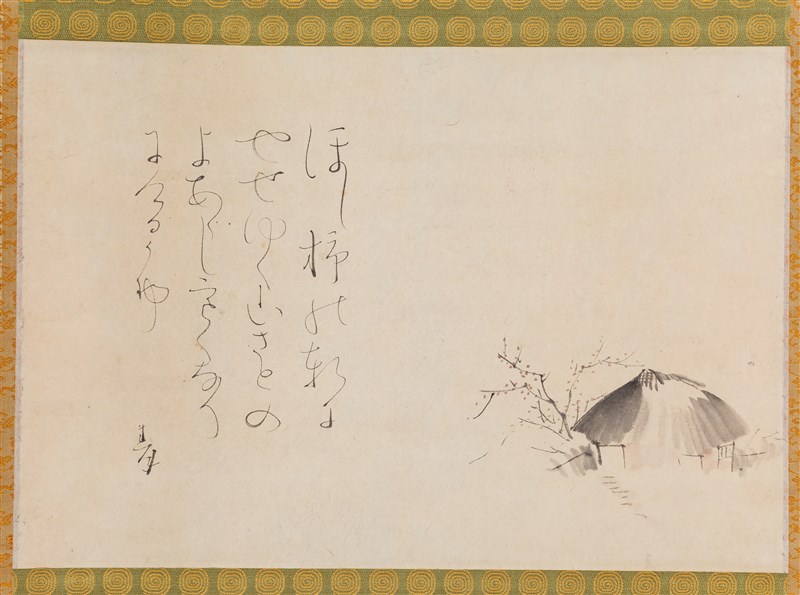
Preface To the First Collection of Rengetsu’s Poetry
There is a nun who passes her days quietly, living at the base of Mount Hiei, surrounded by greenery. The flowing waters of the Kamo River cleanse her heart.
She digs clay from the riverbank, mixes it with water, and creates many kinds of pottery that she sells to support herself. She also loves poetry. The nun’s name is Rengetsu, “Lotus Moon.” People clamor to buy her simple, unadorned pottery and to request elegant calligraphy of her poetry. Although she remains in the shadows, so many people come to visit her that she feels compelled to move to more and more remote places.
The number of poems collected here is not as large as one would expect. She has composed a large number of poems, many of which are incised on her pottery, but the ones collected here are the most beloved.
I recall the days long ago when Rengetsu appeared in the capital, clad in her black robes and with a serene countenance. I did not want the memory of her work to fade away, so I visited her at her little hut hidden in Saga to discuss an edition of her poems. She was decrepit, skin and bones, bent at the hips, but her face remained radiant. She had grown very old, having spent more than 40 years, creating beautiful things. Her life had been full. It is my hope that the publication of this collection will enable many more people to come to know and love Rengetsu’s poetry.
—Fujiwara Toju, February 1, 1872 for the first edition of Ama no Karumo
Mountain Retreat
Living deep in the mountain
I have grown fond of the
Sound of murmuring pines;
On days the wind does not blow,
How lonely it is!
Source: John Stevens, Rengetsu: Life and Poetry of Lotus Moon
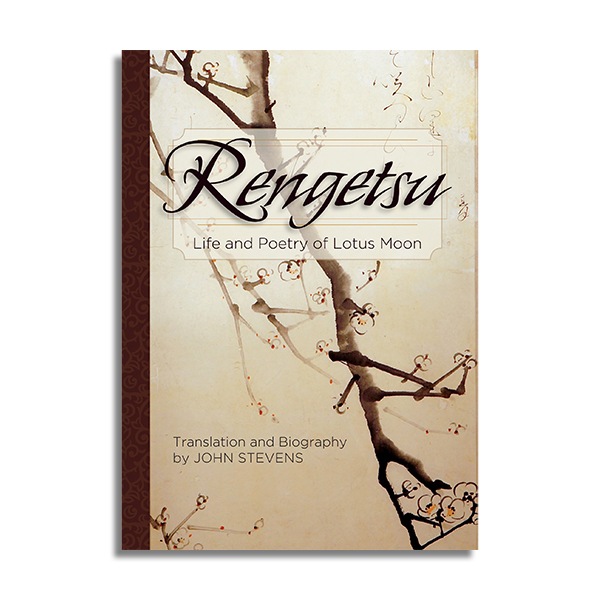
—
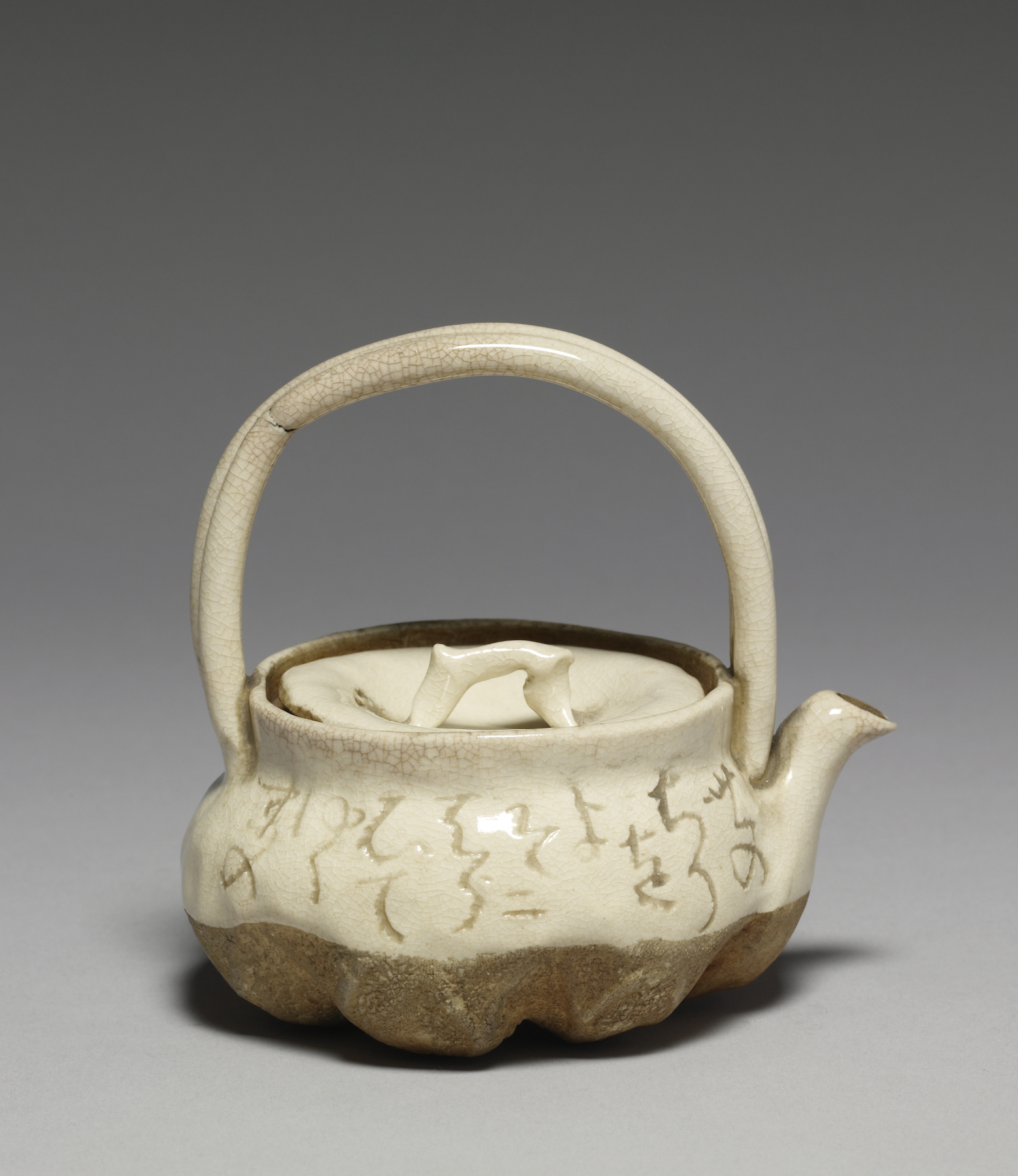
Note:
山ざとは
松のこゑのみ
聞なれて
風ふかぬ日は
さびしかりけり
Yamazato wa
matsu no koe nomi
kiki nare te
kaze fuka nu hi wa
sabishikari keri.
Living deep in the mountains
I’ve grown fond
of the soughing pines—
On days when the wind is still
how lonely it becomes!
Source: http://rengetsu.org/poetry_db/index.php
Poem #242
—
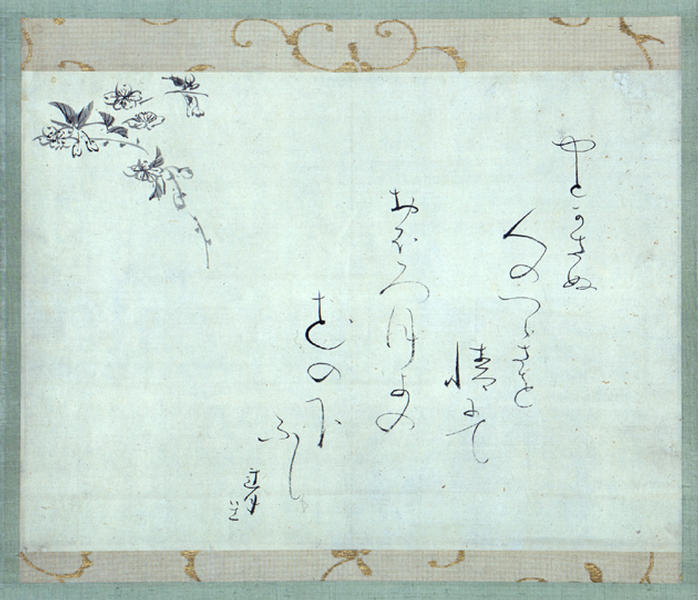
Lời Giới Thiệu Cho Tuyển Tập Thơ Đầu Tiên của Rengetsu
(Võ Tấn Phát dịch)
Có một ni sư trải qua những tháng ngày lặng lẽ, sống dưới chân núi Hiei (比叡山 – Bỉ Duệ Sơn), giữa vùng cây xanh. Dòng nước sông Kamo (鴨川 – Áp Xuyên) thanh lọc trái tim bà.
Bà đào đất sét trên bờ sông, trộn với nước, làm ra nhiều món đồ gốm đem bán ra để trang trải cuộc sống. Bà cũng yêu thơ. Tên của ni sư là Rengetsu, “Liên Nguyệt”. Người đời tranh nhau mua những món đồ gốm đơn giản, không trang trí của bà, và đòi hỏi những bức thư pháp trang nhã đề thơ của bà. Dù đã cố ẩn dật, nhưng người đời vẫn đến quấy rầy nên bà bị buộc phải dời đến những chốn ngày càng xa vắng.
Số lượng thơ sưu tầm ở đây không nhiều như mong đợi. Bà đã sáng tác rất nhiều thơ, trong số đó có nhiều bài được khắc trên gốm, nhưng những bài sưu tầm ở đây là được yêu thích nhất.
Tôi hồi tưởng lại ngày xưa khi Rengetsu ở kinh đô, khoác tăng bào đen và tỏa đầy vẻ an bình. Vì không muốn tác phẩm của bà bị lãng quên, tôi đã đến thăm bà tại am nhỏ ẩn mình ở tỉnh Saga (Saga-ken 佐賀県 – Tá Hạ Huyện) để bàn chuyện in tập thơ của bà. Bà đã già yếu, da bọc xương, lưng còng, nhưng mặt vẫn rạng ngời. Bà đã già đi rất nhiều, trải qua 40 năm để làm ra những thứ đẹp đẽ. Cuộc đời bà đã tròn đầy. Tôi hy vọng rằng việc xuất bản tuyển tập này sẽ giúp nhiều người biết đến và yêu thích thơ Rengetsu hơn.
—Fujiwara Toju, ngày 1 tháng 2 năm 1872 viết cho ấn phẩm đầu tiên của Ama no Karumo
Ẩn Cư Trong Núi
Sống nơi núi thẳm
Ta dần yêu mến
Tiếng thông rì rào;
Những ngày gió lặng
Cô đơn làm sao!
